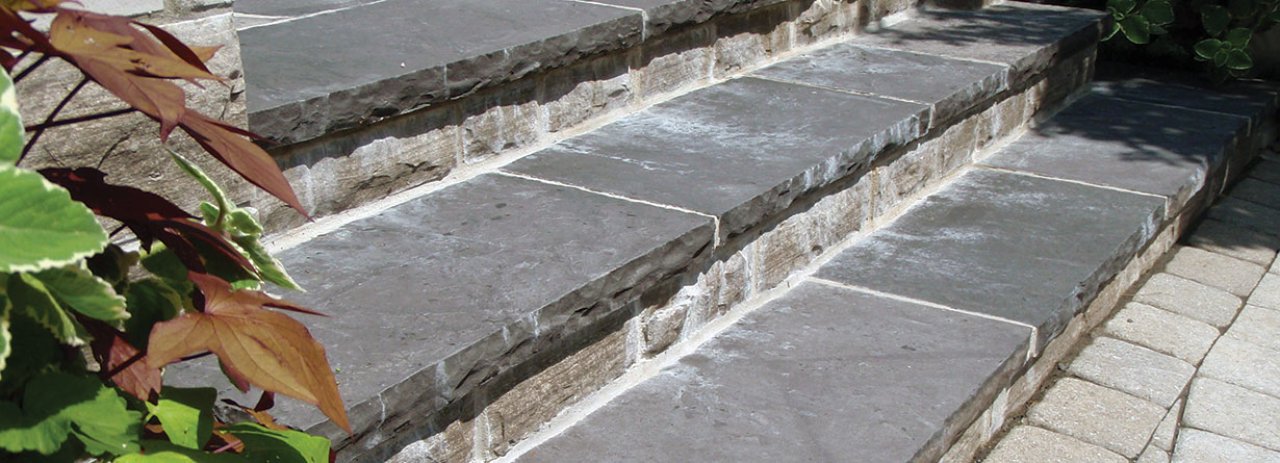Blog
Efflorescence & natural stone: what it is, why it happens and what to do about it

As industry professionals, we've all seen efflorescence before and recognize it for what it is - an unsightly but temporary inconvenience. To a homeowner who has just spent a significant amount of money on natural stone, however, the appearance of efflorescence can leave them feeling less than satisfied with their project. Educating your clients in advance about efflorescence can reassure them and help manage their reactions if and when it does occur, resulting in happier customers and more referrals for you.
What is Efflorescence?
Efflorescence is a white, chalky substance that may appear on the surface of natural stone, clay brick, concrete pavers or any other porous building material. Naturally-occurring salts found in soil, water, sand, gravel and cement are dissolved by rain and groundwater. This moisture is drawn to the surface of the stone where it evaporates, leaving the salts behind as a white haze. Although unattractive, the process is completely natural and in no way damages the stone.

How to Prevent Efflorescence
Although it is virtually impossible to eliminate all possibility of it occurring, several installation practices can minimize the potential for and the intensity of efflorescence, including:
Storing stone on pallets to keep it dry and off the ground.
Ensuring proper grading and drainage to prevent water from sitting on the stone.
Dampproofing below and behind installations, particularly when using porous material like Indiana Limestone.
Covering unfinished walls at the end of each day to prevent moisture behind the stone.
It's also worthwhile noting that less porous stones absorb less water and may, therefore, be less prone to efflorescence.
How to Clean Efflorescence off Natural Stone
In all but very extreme cases, efflorescence will stop as capillaries in the stone become blocked by crystallized salts. Once the process stops, the white deposits will eventually wear off with use and exposure. For clients who are in a hurry to remove it, water and a stiff-bristled (non-metal) brush will often do the trick. However, if the process of efflorescing has not stopped or the factors causing it are still present, the haze will return and will need to be cleaned again.
In particularly stubborn cases, efflorescence can be removed with an efflorescence cleaner. A word of caution when using chemical cleaners, however. Use only cleaners that are specially formulated for natural stone. Use them only as directed and test them in an inconspicuous area first.
In most cases, the best course of action is also the easiest. Simply allow the process to take its course and, before long, the stone will return to its original beauty. For help explaining efflorescence to your clients, download A Homeowner's Guide to Efflorescence available on our Resources page.